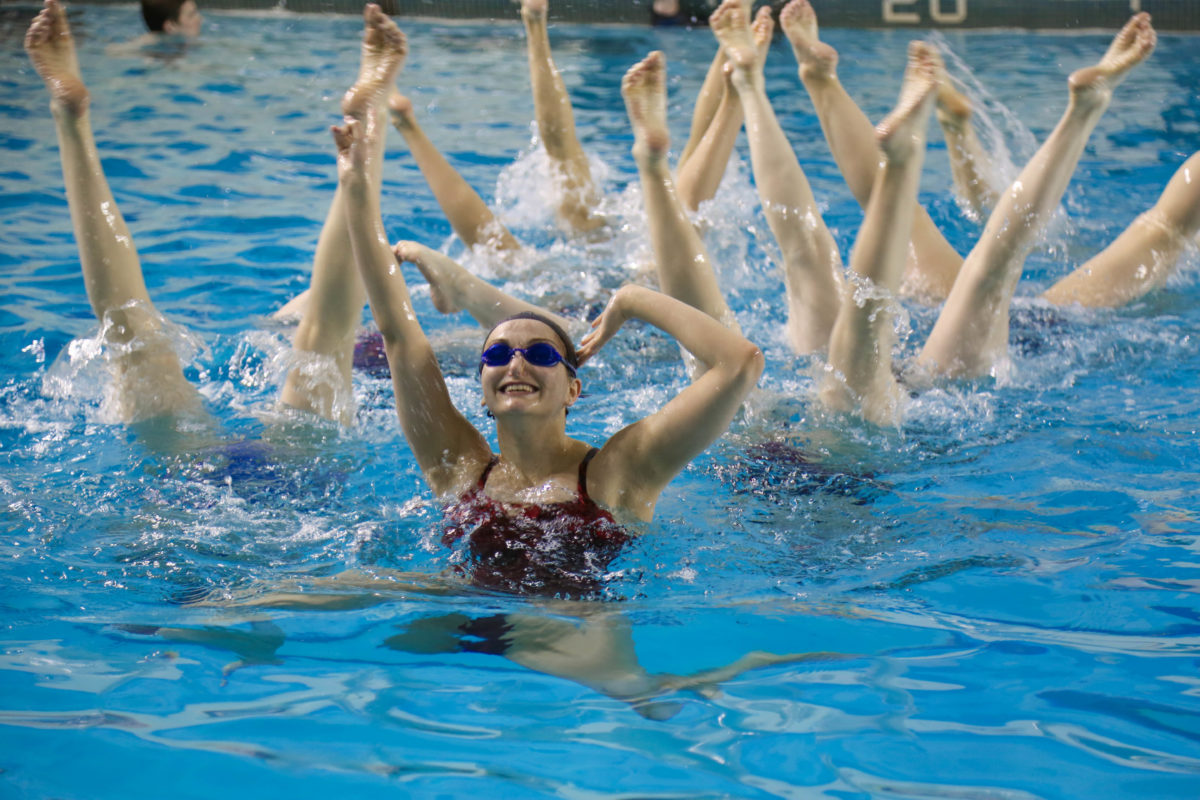
When Josee Thomas started synchronized swimming, it was not a love at first sight. A love for the sport grew after she overcame some challenges. She believed she was the worst swimmer in the league but by the end of the season, she worked her way to becoming the best that year.
“At first I was the worst one in my group because I didn’t know how to swim. So I didn’t really like it. But at the end of the year, I improved the most, and started to like it,” said Thomas.
Thomas was first introduced to the sport when she was seven by a neighbour who coaches synchronized swimming.
Coach Heather Zilbert described Thomas as a competitive, and driven person who always works towards improvement.
“She never says no when I ask her to try again,” said Zilbert. “She’s actually the one who always says ‘let’s try again.’”
Now Thomas is a second-year St. Thomas University student. She starts her day around 8 a.m. She goes to classes then spends the evening at practice from 7 p.m. to 9 p.m. She does this six-days a week.
Thomas has been in synchronized swimming for 12 years now. She has been in the national level five times, and twice in the Canada game.
Apart from being a competitive synchronized swimmer, Thomas has become a life-guard and a coach for a younger synchronized swimming team.
She sometimes has to prioritize on what’s more important by giving up fun activities, but it’s worth the results she said.
“Being busy is difficult, but it is not a bad difficult. I like it. It’s challenging,” said Thomas.
Thomas remembers to save some time for herself. She said on afternoons after her classes, she will relax and hang out with friends.
Thomas said synchronized swimming is a sport that not a lot of people know about. For her it is a mix of technical sport and art form that takes a lot of time to practice and to develop for a show.
“It is almost like dancing in a way. But it is not,” she said. “You have to keep yourself up above the water the whole time. And that is very technical.”
Thomas said synchronized swimming is different from other sport because it allows her to put emotion into her performances.
“If I’m angry, I made my movements all crisp, sharp, and I would have an angry face on.” She said. “If I’m feeling really happy, then there will be a smile.”
